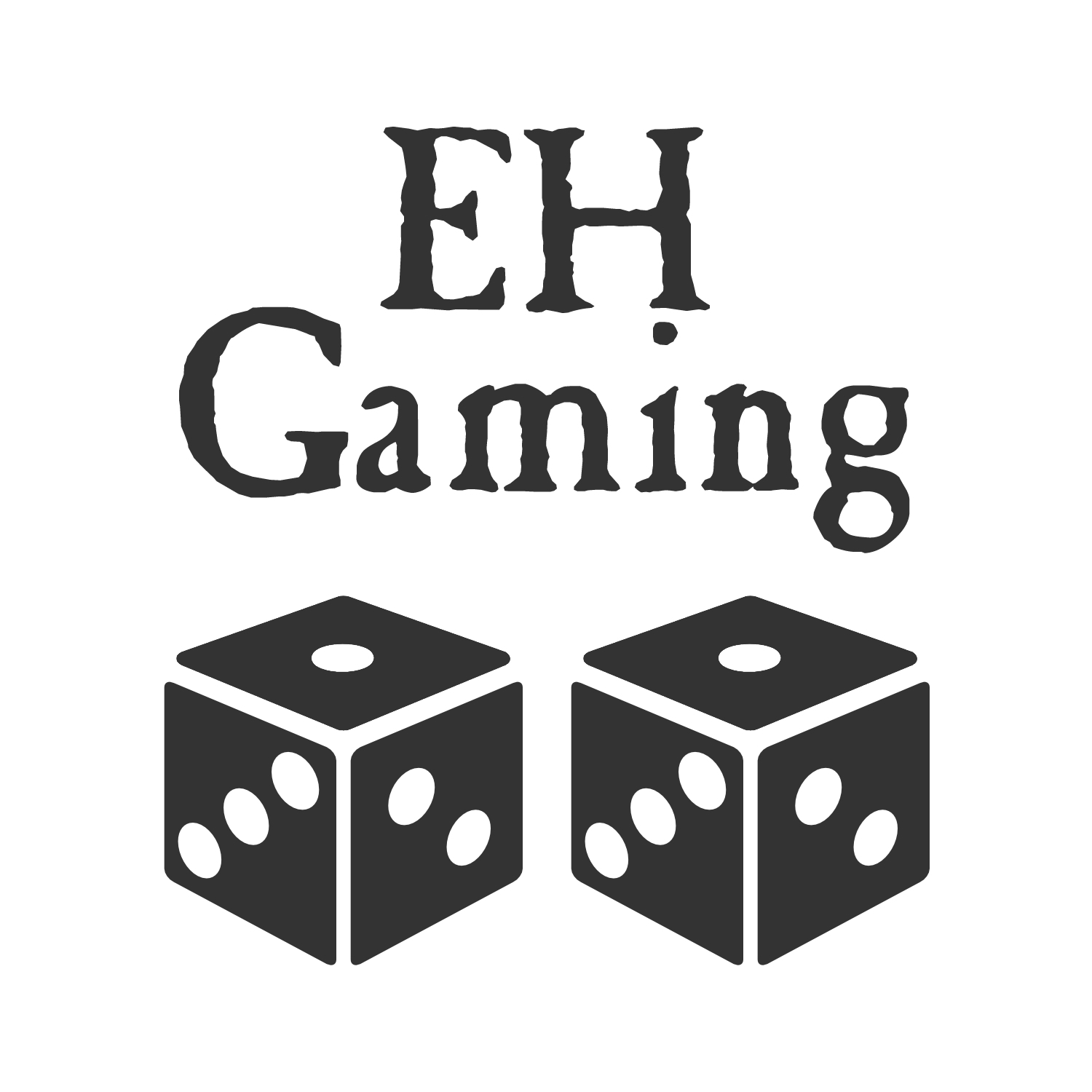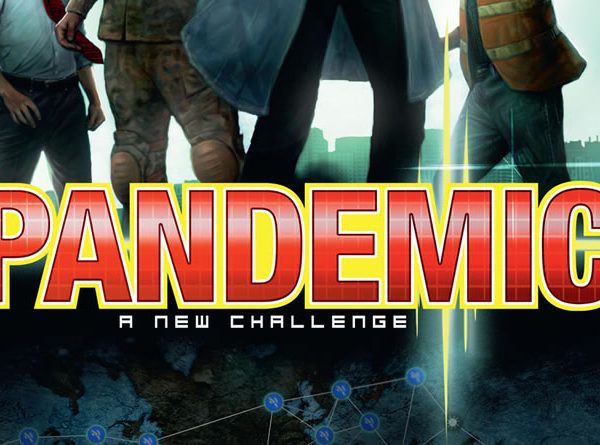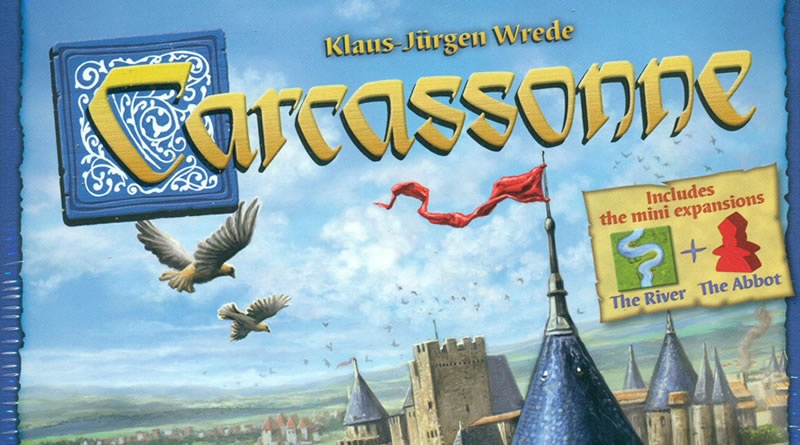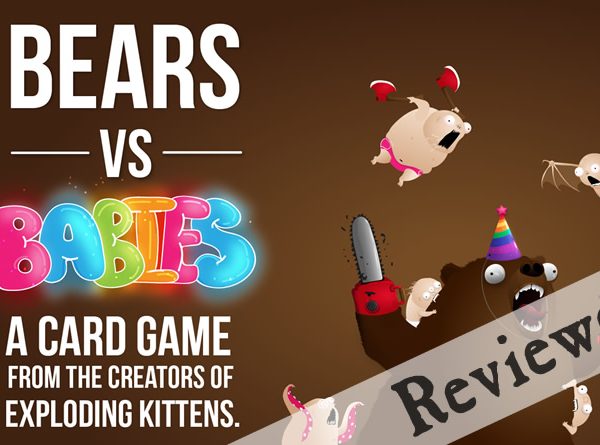The full EH Gaming team (mini EH Gamers included) have been spending plenty of time recently trying to outdo each other through the construction of impressive cities. Normally this sort of behaviour only occurs on Minecraft, but now it’s a ‘thing’ in the real world away from tablet screens…and even though this game bears no resemblance to Minecraft at all the small people have loved playing it. It’s gone down well with the adults too…
What’s in the box?
- Construction Site Board
- 4 double-sided Player Mats
- 142 Building Tiles
- 20 Architect Cards
- Urbanist & Mayor markers
- 65 Meeples
- 50 Energy Unit cylinders
- Scoring Pad
- Helper cards
- Cloth Bag
- Rule book
Basic Game Overview
Quadropolis has you playing the role of a city Mayor. The aim of the game is to build new features and buildings in your city that suit the needs of your citizens far better than your opponents. You do this by sending your architects out into the city to create your new buildings and points are scored through buildings being completed. Combinations of certain buildings and developments give you lots of bonuses.
The Quadropolis board game does not feel like a simple game to get started with when you first open up the box. There is loads of stuff inside, and plenty of cardboard tiles and tokens need to be punched out before you can set up and think about starting the game.

Once you’ve done all the preparation, which actually only takes a few minutes if a couple of you are helping out, you can quickly get going and the game is actually very intuitive. There’s two different versions of the game; Classic and Expert. We recommend that you follow the expected course and start with the Classic version, especially if you are playing with younger children. Once you have become accustomed to the rules and game play routines then make the move up to the Expert version as it does offer a more complete game-play experience (taking nothing away from the Classic game; that is still immense fun).
To set the game up you place the Construction Site board in the middle of the table and keep the blue Meeples and red energy cylinders nearby along with the urbanist marker. Each player chooses a colour they want to be and then takes their colour-coded Player Mat. These are double-sided so make sure you use the Classic side initially (Expert mode is on the reverse). Grab a Helper Card each and the 4 colour-coded Architect Cards for your chosen colour. Again, the Architect Cards are double sided…the grey side is for Expert mode.
Take the Building Tiles that have the number 1 on the back of them, leaving out any that say Expert for now and place them into the included Cloth Bag. Give the bag a shake and fill the Construction Site with the Building Tiles face down (so the number 1 is on display). Some Building Tiles may need to be removed from the Construction Site at this stage, and all of this is explained in the rules. No Building Tiles get removed in a 4 player game, but some will need to be if you are playing with 2 or 3 people.
Choose the person who will go first and give them the Mayor marker and you are ready to play!
Playing Quadropolis happens across 4 game rounds and each round consists of 4 turn actions that all players complete. The turn actions are:
- Take a building from the Construction Site
- Move the Urbanist marker
- Place the Building in their city
- Receive Resources from the Building (if eligible)
A round is complete when all players have played these steps.
Once the first round is complete all remaining number 1 Building Tiles get removed from the Construction Site and you set up again by this time using the Building Tiles with a number 2 on the back. Play the second round and then set up again with the number 3 Building Tiles, and then again with the number 4 set.
The game ends after the four rounds have all been played and at this stage each player must perform a final allocation of resources on their Building Tiles on their Player Mat and Victory Points get worked out to decide the winner.
Each building that you place on your Player Mat usually gives you a reward, which can be Inhabitants (the blue Meeples) or Energy Units (the red cylinders), or a mix of the two. You collect these tokens and use them to activate your individual buildings to release the victory points at the end of the game.
All of the different buildings you placed score you victory points in different ways at the end of the game and how you place them on your Player Mat is key to whether you will win the game or not. This where your Helper Card is really useful and should be kept with you throughout the game as it explains how the points get scored at the end.
For example, there are Factory tiles and these only give you victory points at the end of the game if the Factory is placed adjacent to either Shops or Harbours. To maximise the possible points you can get from Factories you need to avoid placing them at the end of rows or columns in your Player Mat. Harbours only score victory points if they form a continuous line or column, so a Harbour on its own gets no points but a Harbour at the start of a row or column with another next to it scores 3 points and 7 points if there are 2 more Harbours in a line and a huge 12 points for 4 in a row!
The different Building types in Quadropolis are:
- Tower Blocks – score points by stacking these to add floors to your blocks
- Shops – score points depending on the number of Inhabitants inside the shop
- Public Services – score point based on the number of districts with a Public Service in it
- Parks – score points when they are adjacent to Tower Blocks. They also absorb excess Energy Units which helps you avoid minus points
- Factories – score points when next to shops and Harbours
- Harbours – score points when you build continuous rows or columns with multiple Harbours
There is a surprising amount of strategy injected into this game, which is really satisfying for older players. This is not a game where you try and grab as many buildings as possible and place them on your mat. This is a game where you have to plan each move and work hard to make sure that you build your city in a way that will score you the maximum amount of victory Points at the end.
What’s it like to play?
Any initial concerns about Quadropolis being too complicated for some of our younger players did quickly disappear. We have played this with children as young as eight years old and they all grasped the concept very quickly. All the children we played with also quickly worked out what ‘shapes’ they needed to make on their Player Mats to score points at the end and usually one of them is the winner, despite the best efforts of the older players. When the game is finished it’s a good idea to get younger children to work out their own points as it’s a good test of maths skills!
It helps to play your first game or two as a quick practice game so that every player can start to get to grips with the order of actions in the game rounds and also learn all about the scoring at the end of the game. Once you can see how points can stack up with Harbours and Factories then your first proper games becomes much more competitive events. It was from our third game we played that we became completely hooked on Quadropolis and we can now play a full 4 player game in under an hour.
The game play itself is quite brisk and this is always good when playing with children as it means they are not sitting there for ages waiting for other players to take their turns. This is where some ‘traditional’ board games breakdown such as Monopoly as kids can sit there for ages not doing anything.
Quadropolis plays really well with two, three or four players. It plays a bit differently when there are just two of you as it becomes a head-to-head scenario then and you can start to block what your opponent might be trying to do and be more focused in your quest for victory.
The four player game becomes a little bit chaotic (in a good way) and is more of a free-for-all where you hope that the tiles you need are available when your turn comes around. As with all great games you do need a bit of luck to do well!
Who would like it?
I think the creator of Quadropolis has got this pretty much spot on by recommending that the minimum age of a player is eight years old. I think generally a six or early seven year old would struggle. We have played the game a few times just as a group of adults and it is quite amusing when this happens as everything becomes so overthought and over-considered. It is fun to play as an adult, but when there are soooo many outstanding games to play when the children are in bed I don’t think it will get opened very often late at night.
But that isn’t criticism by any means. Quadropolis is a great family game and it gets a firm thumbs up from all of us when it sits in that category. It is no Catan or Ticket To Ride, so I don’t think it will convert a grumpy anti-board gamer into becoming a fan of games, but anyone who enjoys opening a box and having fun for an hour will have get a kick from playing it.
Summary
Quadropolis is really well executed and the strategy and pace of the game gives everyone a good competitive hour of game play. It is not a modern classic, and it is not the go-to after dinner board game that will enthral adults for hours on end, but it is a very enjoyable family game that works best with three to four players. The recommended retail price of £41.99 leaves us thinking that it might be a bit overpriced, but if you shop around you can find much better deals in your local store or online and it is generally available for around £31 to £35 which is more suitable.
Our Verdict

Scores 8 out of 12…but if you can buy it for around £32 then we’ll add a +1 to the roll!!
Designer: Francois Gandon
Publisher: Days of Wonder
No. of Players: 2 to 4
Recommended Age: 8+
Time To Play: 45 mins to 1 hour
RRP: £41.99



